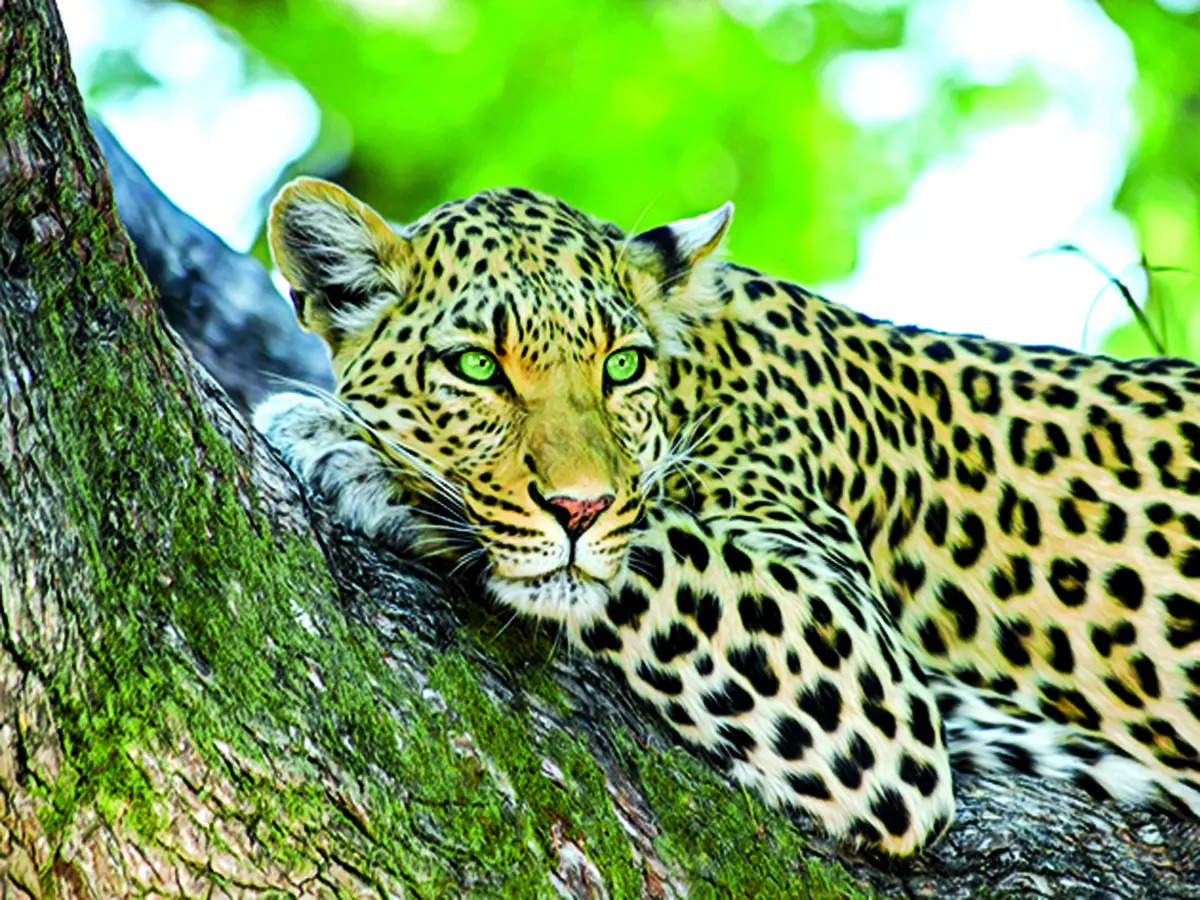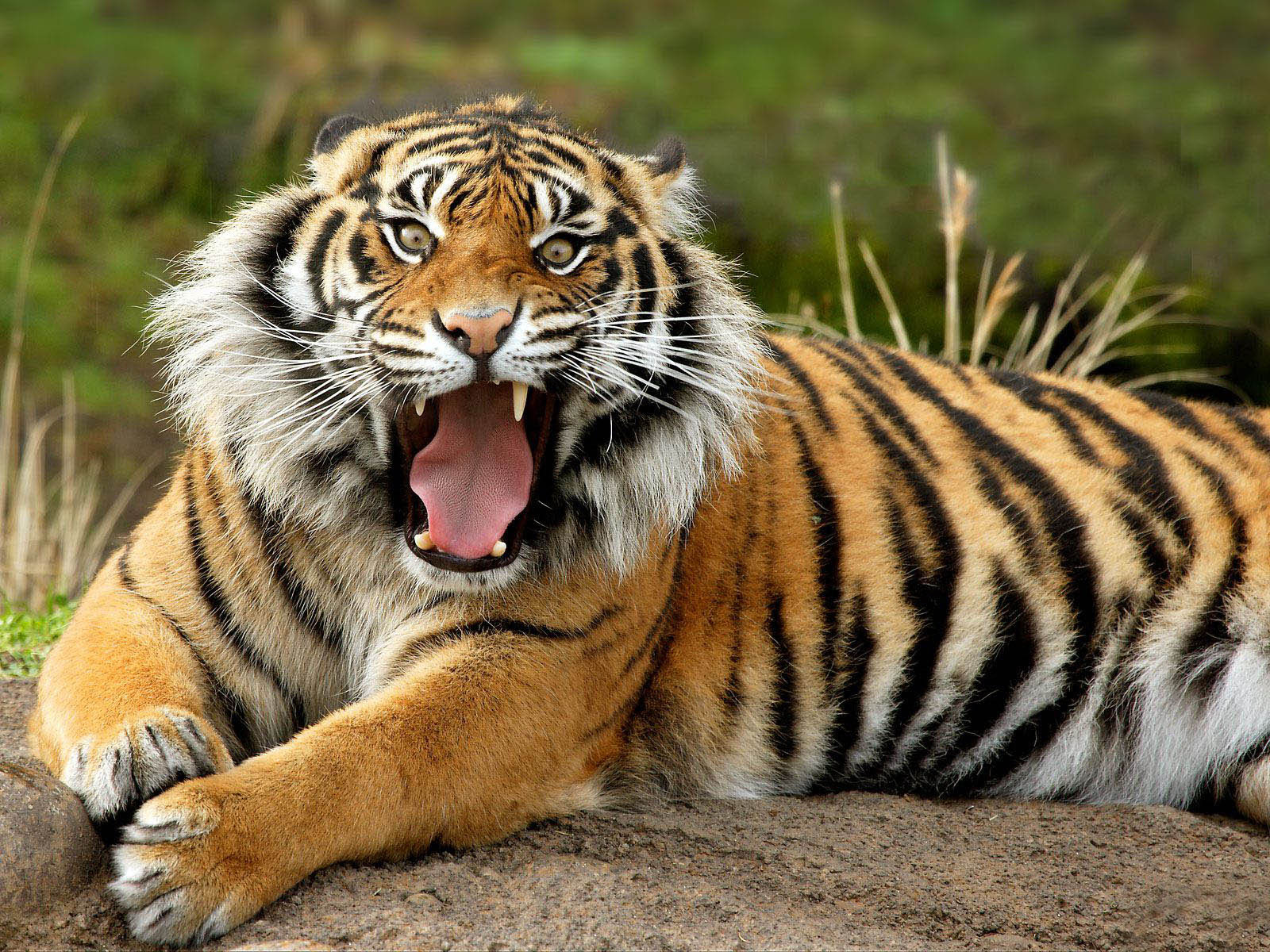Wild animals have always captivated the human imagination, embodying the essence of untamed nature and the spirit of freedom. From the vast savannas of Africa to the dense rainforests of the Amazon, these creatures roam the earth, playing critical roles in their ecosystems. With their diverse behaviors, striking appearances, and fascinating survival strategies, wild animals remind us of the beauty and complexity of life on our planet. As we delve deeper into the world of these incredible beings, we uncover the challenges they face and the importance of preserving their habitats for future generations.
Exploring the lives of wild animals offers us a glimpse into their unique adaptations and the intricate relationships they maintain within their environments. Each species, whether it be a majestic lion, a stealthy leopard, or a vibrant parrot, contributes to the delicate balance of its ecosystem. Understanding these creatures not only enriches our knowledge but also ignites a passion for wildlife conservation, urging us to take action to protect these remarkable beings from the multitude of threats they encounter.
As we embark on this journey to learn more about wild animals, we will address essential questions regarding their habitats, behaviors, and the ongoing conservation efforts aimed at safeguarding their existence. By fostering a deeper appreciation for these magnificent creatures, we can inspire ourselves and others to contribute to a more sustainable future where wild animals can thrive alongside us.
What Are Wild Animals?
Wild animals are species that live and thrive in their natural habitats without direct human influence or domestication. These creatures are essential components of their ecosystems, contributing to biodiversity and the overall health of the environment. Unlike domesticated animals, wild animals possess innate instincts and behaviors that allow them to adapt and survive in the wild. Their existence is vital for maintaining ecological balance, and the loss of any species can have cascading effects on the environment.
What Types of Wild Animals Exist?
Wild animals can be classified into various categories based on their habitats, diets, and physical characteristics. Some of the most common classifications include:
- Mammals: These are warm-blooded animals with hair or fur, such as elephants, tigers, and bears.
- Birds: Feathered creatures that can often fly, like eagles, parrots, and penguins.
- Reptiles: Cold-blooded animals with scaly skin, including snakes, lizards, and turtles.
- Amphibians: Creatures that can live both in water and on land, such as frogs and salamanders.
- Fish: Aquatic animals that breathe through gills, including sharks, salmon, and clownfish.
Where Do Wild Animals Live?
Wild animals inhabit a variety of ecosystems around the world. Some of the most notable habitats include:
- Forests: Dense woodlands that provide shelter and food for countless species.
- Grasslands: Open areas where herbivores like bison and zebras graze.
- Deserts: Arid regions that challenge survival, home to resilient species like camels and snakes.
- Oceans: Vast bodies of water that host a diverse array of marine life.
- Mountains: Elevated terrains that support unique wildlife adapted to rugged conditions.
Why Are Wild Animals Important?
Wild animals play a significant role in maintaining ecological balance. Their interactions with other species, including plants and microorganisms, create intricate webs of life that contribute to the health of ecosystems. Here are a few reasons why wild animals are essential:
- Biodiversity: Wild animals contribute to the genetic diversity necessary for ecosystems to adapt to changes.
- Food Chains: They are part of complex food webs, with each species fulfilling a specific role that supports the survival of others.
- Ecosystem Services: Wild animals help pollinate plants, disperse seeds, and control pest populations, all of which are vital for human agriculture.
- Cultural Significance: Many cultures revere wild animals, seeing them as symbols of strength, freedom, and the natural world.
What Threats Do Wild Animals Face?
Despite their importance, wild animals are facing unprecedented threats due to human activities. Some of the most pressing issues include:
- Habitat Loss: Urbanization, agriculture, and deforestation have led to the destruction of natural habitats.
- Climate Change: Altered weather patterns and rising temperatures disrupt ecosystems and food availability.
- Poaching: Illegal hunting and trafficking pose significant risks to endangered species.
- Pollution: Chemicals and waste products contaminate natural environments, affecting wildlife health.
How Can We Protect Wild Animals?
Protecting wild animals requires collective efforts from individuals, communities, organizations, and governments. Here are some effective ways to contribute to wildlife conservation:
- Support Conservation Organizations: Donate or volunteer for organizations focused on protecting wildlife and their habitats.
- Advocate for Policy Changes: Encourage local and national governments to implement policies that protect natural spaces and endangered species.
- Practice Sustainable Living: Reduce waste, recycle, and choose sustainable products to lessen environmental impact.
- Raise Awareness: Educate others about the importance of wild animals and the threats they face.
What Are Some Fascinating Facts About Wild Animals?
Wild animals are full of surprises and astonishing behaviors. Here are some interesting facts that highlight their uniqueness:
- Elephants: They are known to have incredible memories and can recognize friends and family even after years apart.
- Cheetahs: The fastest land animals can reach speeds of up to 75 miles per hour in short bursts.
- Octopuses: These intelligent creatures have three hearts and blue blood, and they can change color to blend into their surroundings.
- Hummingbirds: They are the only birds that can fly backward and can flap their wings up to 80 times per second.
Conclusion: Embracing the Wild Animals Around Us
Our world is filled with incredible wild animals, each playing a vital role in the intricate tapestry of life on Earth. By understanding their importance, the threats they face, and the ways we can help, we can foster a deeper connection with nature and ensure that future generations can experience the beauty and wonder of these magnificent creatures. Let us embrace our responsibility as stewards of the planet, working together to protect the wild animals that inspire us and enrich our lives.


